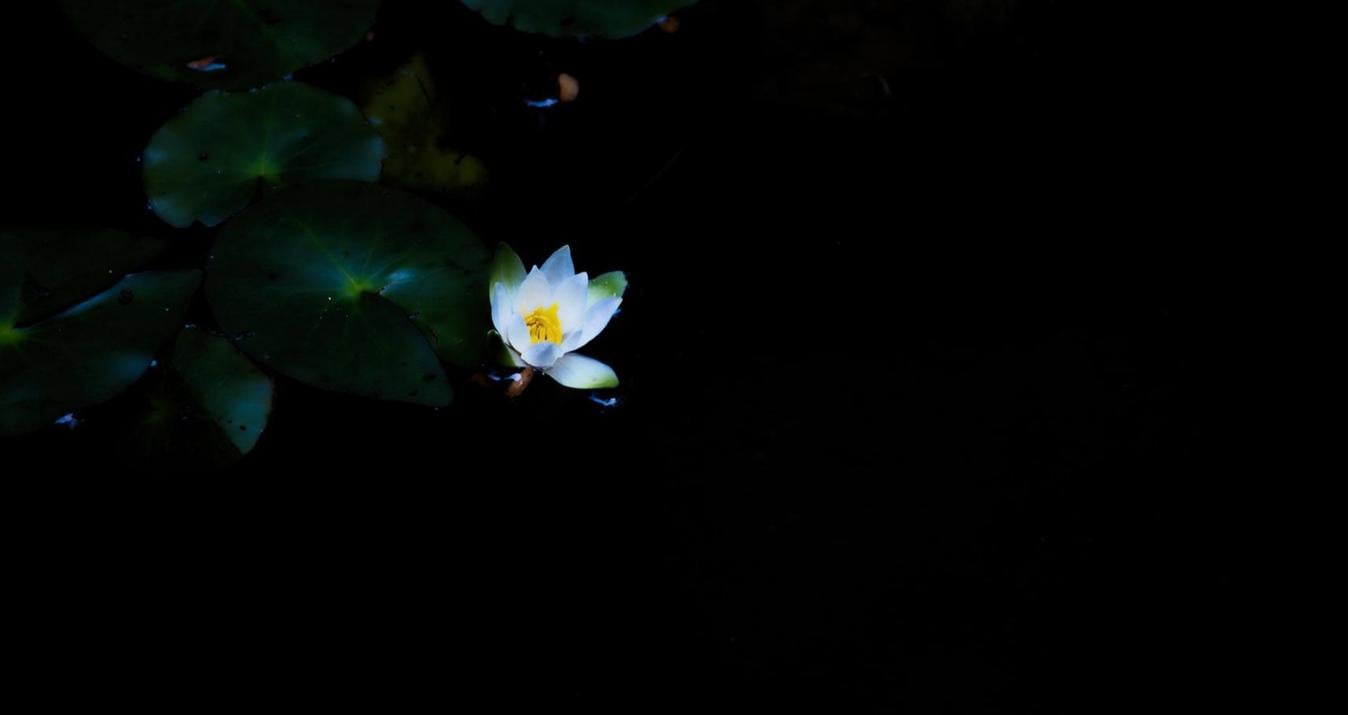Luminance HDR Alternative
May 04, 2016

Capture stunning landscapes, architecture, interiors, people and much more with Aurora HDR Pro.
Taking incredible High Dynamic Range photos have never been as easy as we have experienced in the last couple of years. Many thanks to the fantastic camera lenses and the several HDR software now obtainable.
Over the years, chief players in the industry have been Digital Cameras, Smartphones and photography software manufacturers who have continued to develop newer and more innovative ways of capturing and processing digital images.
From notable programs like Photoshop, to more specific ones like Luminance HDR or HDR Projects 4, Aurora HDR and others, the photography world has continued to experience remarkable landmark achievements in the quality of photos being processed.
Even more interesting is the fact that HDR imaging technology now offers a different approach (a software-dependent variable) for defining photo qualities. Image qualities are no longer solely determined by the strength of camera lenses. Rather, they are additionally determined by how well a tone mapping app merges and processes the image-brackets for an enhanced resultant HDR image.
The operational principle of the High Dynamic Range (HDR) imaging software-technology is quite simple and straight forward:
It works on bracket images taken from the same scene, but having different exposures. These images are then merged together by means of a tone mapping application (the HDR software).
The HDR approach now makes it possible for different photographers, irrespective of their skill level or understanding of HDR photography, to capture the full dynamic range of images that are within their camera’s reach.
Luminance HDR at a Glance
Formerly known as qtpfsgui, Luminance HDR is a fantastic High Definition Range (HDR) imaging-app for its price. It’s a GPL (free) program that can be used to produce some nice HDR images in moments. Being a Macs and Windows app even makes it possible for new users or hobbyist, on both OS-platforms, who are on low budget but would love to start out on the HDR track, to easily have something to practice with.
A GPL app notwithstanding, Luminance HDR imaging technology is commendable in the sense that the app enables you, irrespective of your skill level, to merge or process images of varied light-exposure values, and have results.
Although the app understandably lacks in some flexibility and handling, it however does process natural-looking HDR images nicely, and amazingly features the smart ‘drag and drop’ feature which is a big plus for it.
On the overall, Luminance HDR is great for amateurs and individuals who are looking to switching into some more advanced programs someday. Luminance does support RAW file formats.
Aurora HDR: A Perfect Alternative to Luminance HDR
Aurora can be described as a mega HDR toolbox for all kinds of photo editing and tone-mapping tasks that one can possible think of. It’s literarily an all-in-one HDR-solution app.
Unlike what you experience on Luminosity, Aurora HDR gives you unrestrained access to the best, ultra-modern tone-mapping algorithms that are guaranteed to deliver to you dependable and realistic HDR results within the shortest possible time. The app features advanced tools like the native RAW processing, luminosity masking, layers and others.
Aurora HDR makes it possible for anyone, irrespective of their skill set, to create stunning HDR images that aren’t otherwise possible with Luminosity HDR, or even the best or most expensive camera sensors and lenses. Furthermore, Aurora HDR gives users the flexibility to choose which of its powerful and highly efficient tools they’d rather include in their workflow, based on their predetermined High-Dynamic-Range imaging goals.
Comparable Features
Aurora HDR’s trial version is quite a fantastic one. It isn’t time-bound which makes it possible for you to explore and test all its basic tools for as long as you choose. Howbeit, the sharing and exporting features of the trial are disabled.
Aurora’s free trial option is comparable to Luminosity HDR, since you don’t get to pay for both packages. Aurora HDR, however, is a better and more intuitive option as it gives you a lot of flexibility and control that aren’t obtainable in its contemporary.
Unlike Luminosity that runs on both Mac and Windows OS, Aurora is currently Mac-only. Nonetheless, its superlative HDR imaging features is always a perfect reason for any non-Mac photographer or enthusiast to set aside big bucks to own an iMac computer to run Aurora’s full functionalities.
Aurora’s system requirement supports most iMac devices including those running on the recent Mac versions. Its Standard version goes for 39.99 USD and its Pro, 99.99 USD.
When you consider Aurora’s outstanding functionalities, you’d discover that it isn’t just pocket-friendly and highly efficient, but a mega time-saver too!






